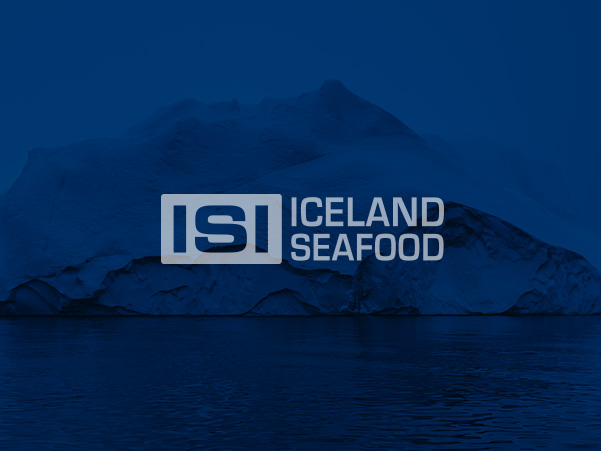While these figures may still change slightly, the numbers provided below are based on the data retrieved from the Directorate of Fisheries as of August 31, 2021. Any adjustments are expected to have minimal impact on the overall picture.
Issued Quotas for the Fishing Year 2021/2022:
Cod (Gadus morhua): 175,940 MTs
Haddock (Melanogrammus aeglefinus): 33,062 MTs
Saithe (Pollachius virens): 61,741 MTs
Redfish (Sebastes marinus): 27,259 MTs
Deepwater Redfish (Sebastes mentella): 7,506 MTs
Ling (Molva molva): 2,696 MTs
Blueling (Molva dypterygia): 253 MTs
Atlantic Catfish (Anarhichas lupus): 7,681 MTs
Spotted Catfish (Anarhichas minor): 320 MTs
Tusk (Brosme brosme): 1,317 MTs
Silversmelt (Argentina silus): 8,754 MTs
Herring (Clupea harengus): 68,411 MTs
Greenland Halibut (Reinhardtius hippoglossoides): 13,096 MTs
Prawn (Pandalus borealis): 4,855 MTs
Plaice (Pleuronectes platessa): 6,800 MTs
Lemon Sole (Microstomus kitt): 1,122 MTs
Witch (Glyptocephalus cynoglossus): 893 MTs
Dab (Limanda limanda): 273 MTs
Mackerel Quota
The mackerel quota for the next season will not be issued until the spring.
Basis for Quota Decisions
The amount of quota issued each fishing year is based on scientific advice from the Marine & Freshwater Research Institute (MFRI). The institute’s advice and the methodology behind their recommendations can be found on their website, and the explanation for each species is available through the attached documents in the advice column on their site.
For further details on the scientific advice for each species, you can visit the Marine & Freshwater Research Institute’s Advice section where both Icelandic and English versions are provided.
Conclusion
These quotas will guide Iceland’s fishing industry throughout the 2021/2022 season and are designed to ensure the sustainable management of the country’s marine resources.
